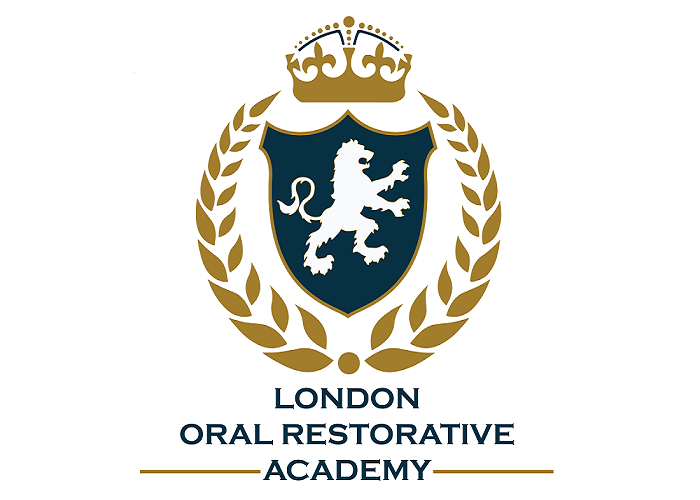Anum Aijaz
Aga Khan University Hospital, Pakistan
Title: Effectiveness of gingival retraction methods: A systematic review
Biography
Biography: Anum Aijaz
Abstract
Background: It is essential to properly manage the gingival tissues for obtaining accurate impressions when restoring tooth structure which is in close proximity to the gingiva and for fabricating fixed restorations, particularly when the finish line is near the gingival sulcus. The retraction of the gingiva creates sufficient lateral space between the tooth preparation finish line and the gingival tissue with minimum trauma, to allow for the injection of adequate bulk of impression material into the gingival crevice. There are various gingival retraction methods to choose from including mechanical, chemo-mechanical and surgical methods.
Objectives: The purpose of this systematic review was to see which gingival retraction method was most effective in terms of amount of gingival retraction achieved and minimal trauma to the gingival tissue as assessed by clinical parameters. Methods: In addition to search engines like PubMed, CINAHL plus (Ebsco) and COCHRANE, hand search was also used to search articles related to our review question using the key terms and different permutations: Gingival retraction* AND displacement method* OR technique* OR agents OR material* OR medicament* OR apparatus. The systematic review was registered on Prospero registration no CRD420140133335. Our initial search results yielded 142 articles which were narrowed down to final 7 articles after a strict eligibility of including clinical trials on gingival retraction methods with the amount of tooth structure gained and assessment of clinical parameters GI, PI, PD, AL, BOP, etc. as the outcomes, conducted on human permanent teeth only.
Results: The total number of teeth assessed in all 7 studies was 336. The surgical site was mentioned in 6/7 studies whereas type of jaw was mentioned in only 3/7 studies. Most commonly used gingival retraction method was mechanical. 3/7 studies reported the amount of gingival retraction achieved whereas 4/7 studies assessed the clinical parameters.
Conclusions: There are just 7 studies (trials and experimental) available on the retraction methods. The studies were heterogeneous in terms of reporting the outcomes (amount of gingival retraction achieved). No single method (mechanical/chemo-mechanical/ surgical) appeared superior to the other. Clinical parameters such as PI, GI, PD, AL, BOP, etc. were not significantly affected with gingival retraction.

